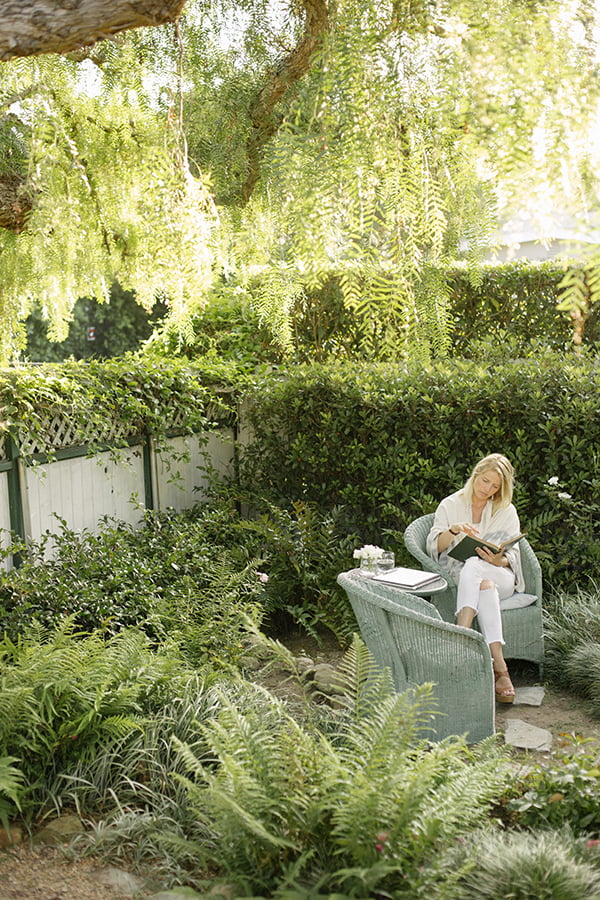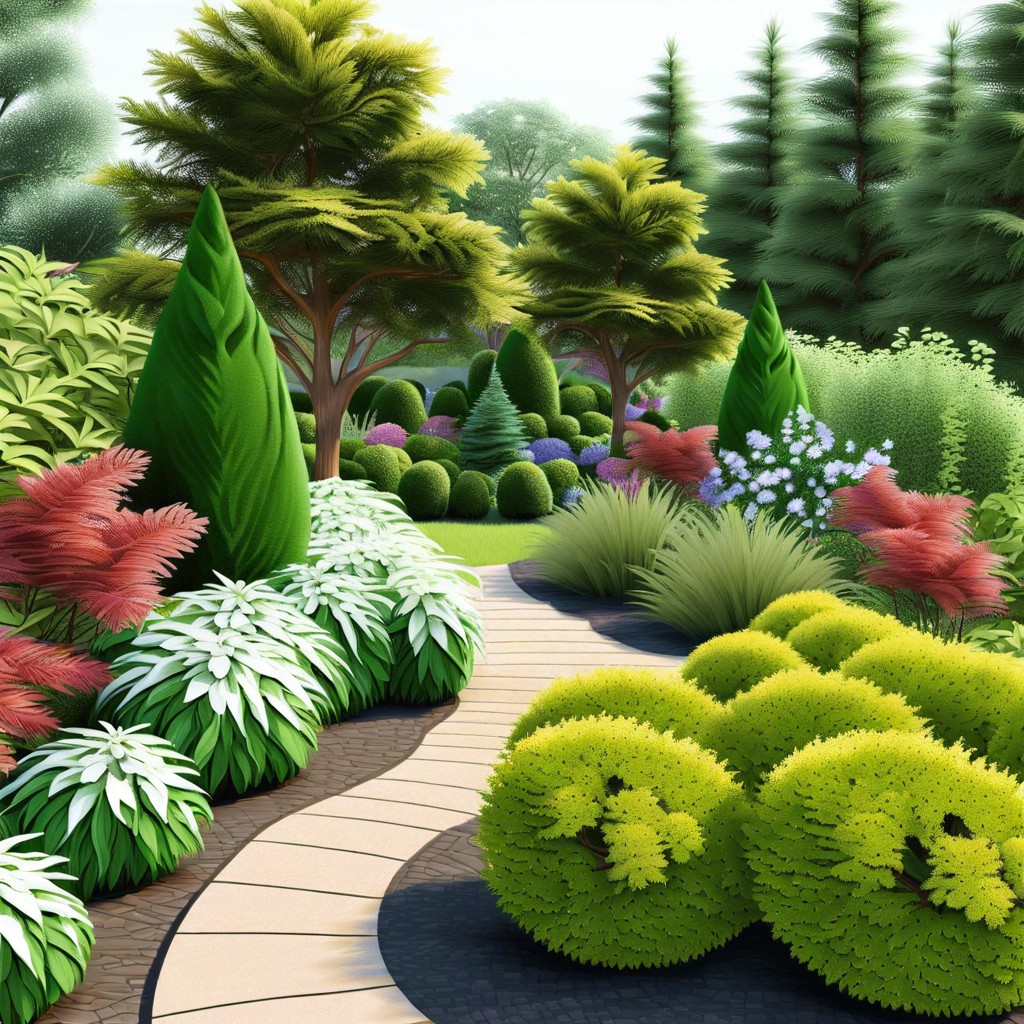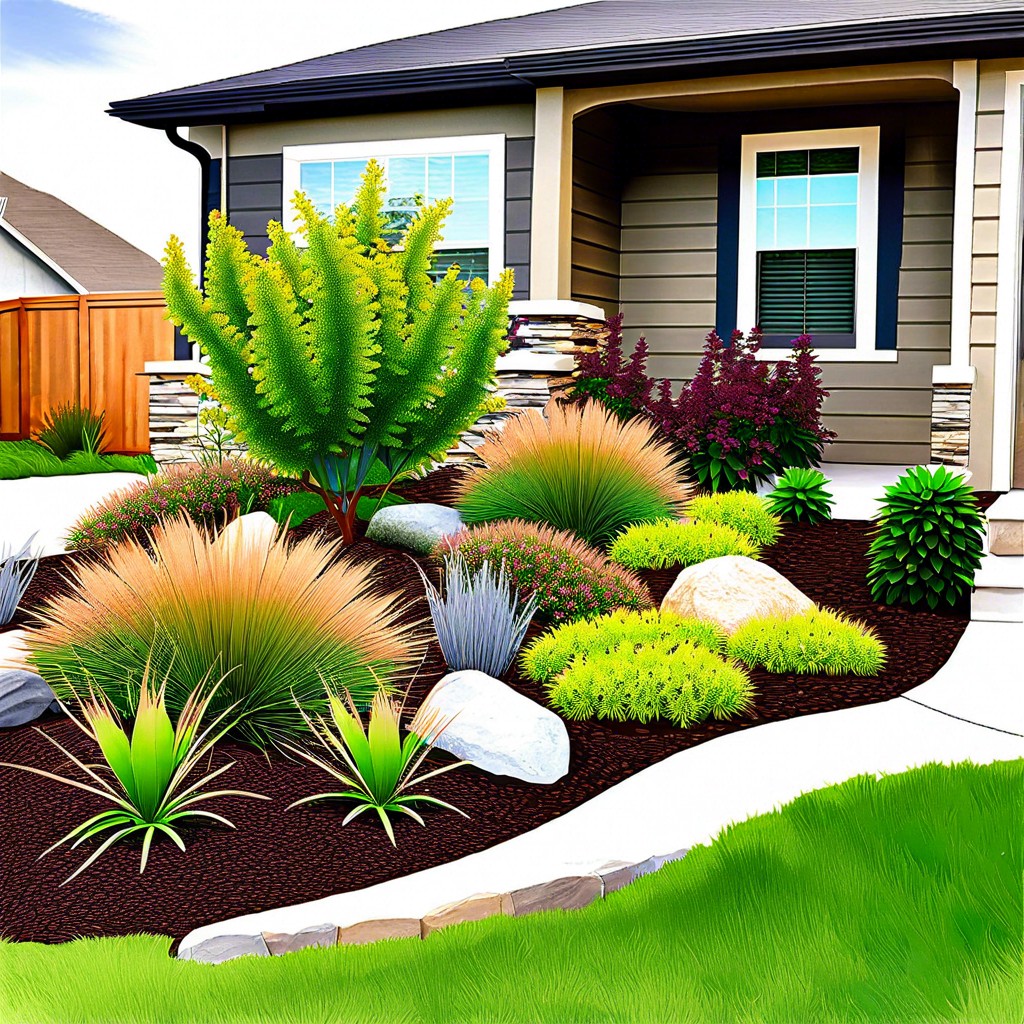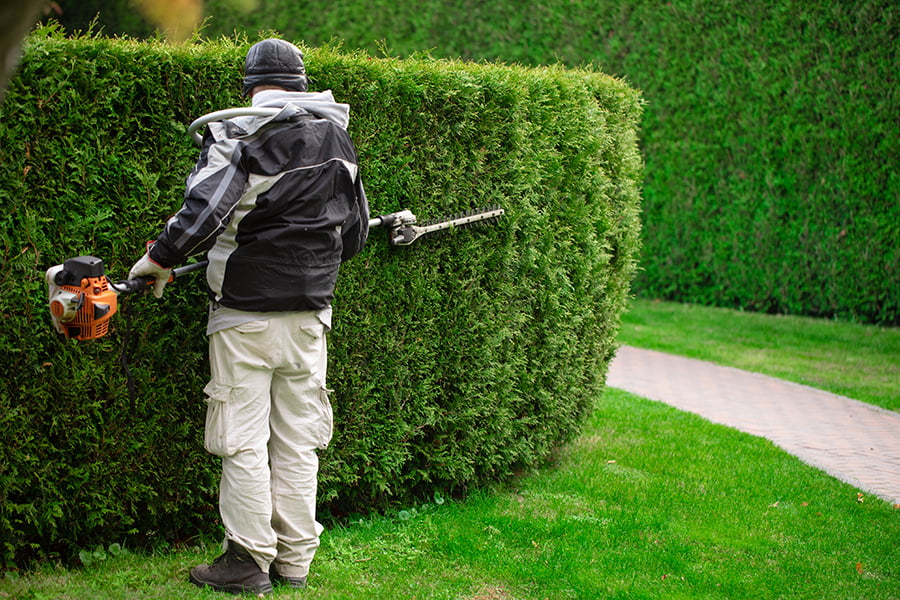Discover the essentials of evergreen landscaping and learn how to create a vibrant, year-round garden that thrives in any season.
Key takeaways:
- Evergreens provide year-round color and texture in your garden.
- They require less maintenance and are cost-effective for busy homeowners.
- Evergreens serve both aesthetic and practical purposes in landscaping.
- They create a sense of lushness and provide privacy screens.
- Incorporating a variety of evergreen species and balancing color is key.
Why Use Evergreens in Your Landscape?
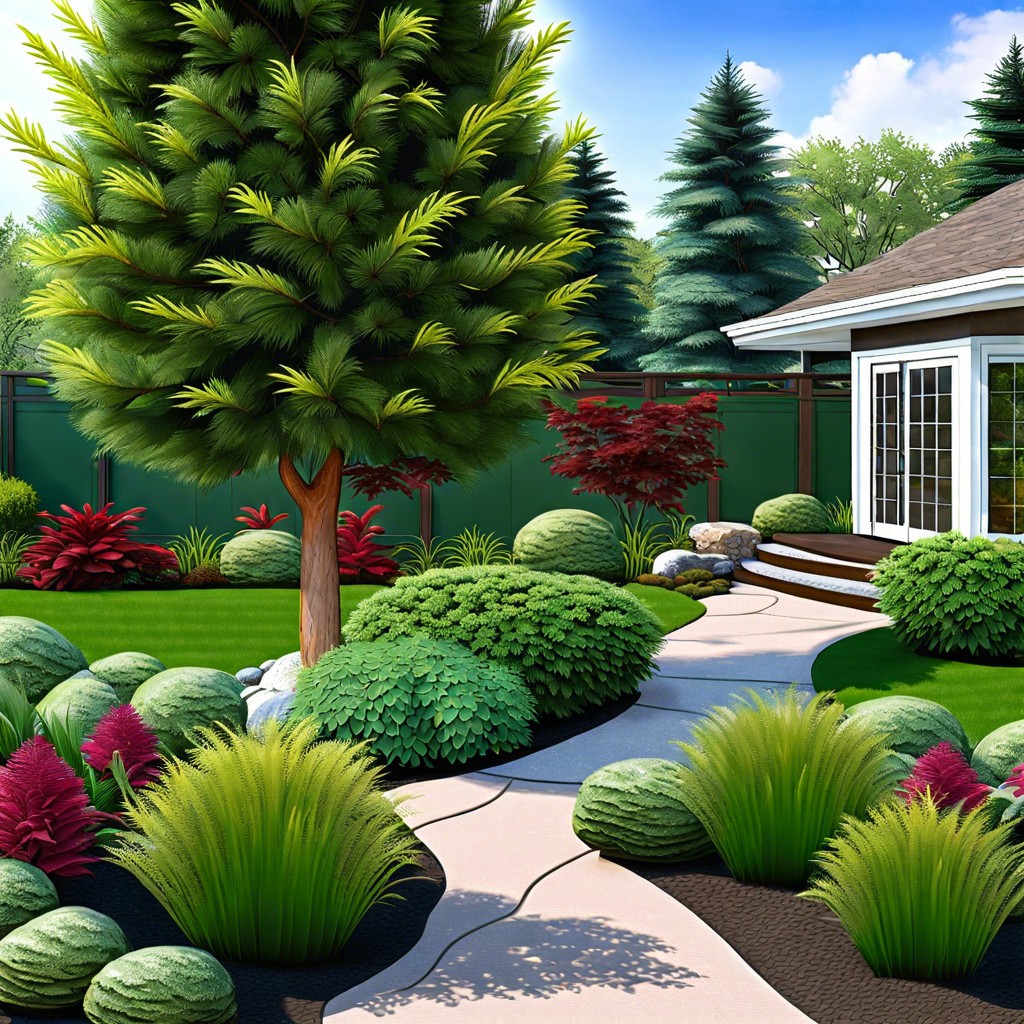
Evergreens are the backbone of any well-designed garden, providing a visual anchor that ties the landscape together. Unlike deciduous plants, which shed their leaves seasonally, evergreens retain their foliage year-round. This means that they provide enduring color and texture to your garden, even in the depths of winter when most other plants have receded into dormancy. The continuous presence of evergreen plants ensures that your outdoor space always has a lush and vibrant appearance.
Additionally, evergreens require less maintenance than many other plants. Once established, their watering and pruning needs are minimal. This makes them a cost-effective and time-saving choice for busy homeowners who desire a beautiful landscape but don’t have hours to spend on upkeep.
Evergreens also serve a functional purpose. They can be strategically planted to create natural privacy screens, block unsightly views, reduce noise pollution, or serve as windbreaks. This dual functionality—both aesthetic and practical—makes them an intelligent choice for gardens in every climate and setting.
Year-Round Beauty
Evergreens provide a steadfast backdrop of color while deciduous plants go through their seasonal cycle, losing leaves and sometimes leaving your yard looking bare. With the incorporation of evergreen plants, your landscape can maintain visual interest and a sense of lushness even during the cold and often colorless months of winter.
Think of them as the reliable friends in your garden that stand firm regardless of the weather. Their enduring leaves or needles offer a variety of textures and shades of green, adding depth and life to your outdoor space. Plus, they can play a crucial role in creating privacy screens, windbreaks, or natural borders all year long.
By strategically placing evergreen trees and shrubs, you can craft a landscape design that’s as functional as it is beautiful. Consider using them to frame your home or to accentuate pathways and other landscape features. They can be the anchors of your garden design, ensuring that no matter what time of year, your yard remains an inviting, green sanctuary.
Low Maintenance
Evergreens are a superb choice for those who prefer a garden that doesn’t require constant fuss. Unlike many flowering plants that need regular deadheading, feeding, and other care, evergreens stand out for their low maintenance nature. Most evergreen trees and shrubs retain their foliage year-round and grow at a moderate pace, which means less frequent pruning.
When you incorporate evergreens into your landscaping, you save time and energy. These resilient plants typically require little beyond the basics: watering during dry spells, occasional mulching to retain soil moisture and protect roots, and a once-a-year feeding with a fertilizer formulated for evergreens. Pests and diseases are less of an issue with evergreens as well, as many varieties are resistant to common problems.
Moreover, the consistent appearance of evergreens provides a hassle-free way to maintain curb appeal. Your landscape will remain vibrant even in the heart of winter when deciduous plants have shed their leaves. This long-lasting greenery not only simplifies your garden routine but also means you can invest your gardening efforts into fewer, more impactful tasks to enhance your outdoor space.
Landscape Ideas and Tips for Evergreen Landscaping
Incorporating evergreens into your yard doesn’t mean your landscape will be a sea of unvarying green. Balancing color subtly is key. Choose evergreen varieties with foliage in different shades of green, or those with gold, blue, or even variegated leaves to add visual interest without the reliance on fleeting flower blooms.
When planting your evergreens, think in layers. Start with taller species as anchors or privacy screens along the back of your property. Mid-sized shrubs can fill in the middle ground, while low-growing groundcovers and compact bushes can soften the front edges of your garden beds. This tiered approach leads the eye through your space and creates a sense of depth, making your garden feel more lush and comprehensive.
Remember, diversity is not just about height. Mix up textures too; combine the feathery fronds of a juniper with the rigid needles of a pine or the broad leaves of a rhododendron. This variety in texture can make the garden more dynamic and appealing, regardless of the season.
Go Easy On Color
Incorporating a limited color palette can do wonders in highlighting the timeless beauty of evergreens. Consider choosing shades that complement the rich green hues rather than overwhelming them. Select flowering plants that offer subtle color changes; think whites, creams, or even gentle pinks that won’t clash but instead will enhance the serene atmosphere evergreens create.
Additionally, when adding pops of color through flowering plants or garden accessories, distribute them thoughtfully throughout the landscape. This strategy not only draws the eye across your garden, making it appear larger, but it also allows for points of interest without detracting from the cohesive green backdrop provided by your evergreen selections. Remember, in evergreen landscaping, less is often more when it comes to color.

